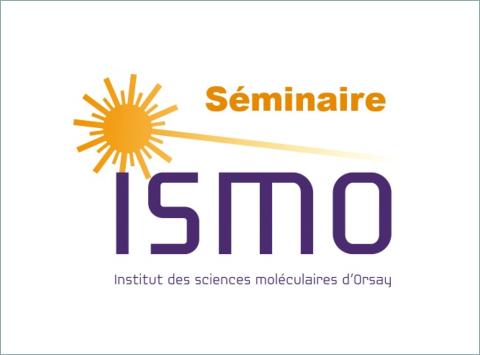
Séminaire de Ralph Püttner, en mode HYBRIDE
Electron spectroscopy of isolated atoms and molecules using hard X-ray synchrotron radiation
par Ralph Püttner
Freie Universität Berlin, Fachbereich Physik
The usage of hard X-ray synchrotron radiation (hν = 2 – 14 keV) is a relatively new research field in atomic and molecular physics and has strongly developed in recent years due to improved light sources and electron analyzers. It allows to get access to deeper core holes like 1s-1 in the third and fourth row elements, and in combination with intense undulator beams even to double core holes like 1s-2 in elements as heavy as argon. After a short overview of research topics relevant in this energy regime I will focus on double core-hole (DCH) processes. First, the oxygen K-2V (V = valence) DCH spectrum of CO will be discussed and compared with the oxygen K-1V absorption spectrum of the same molecule, which reveals the influence of the second core hole of the otherwise similar states. After this, the Auger hypersatellites, i.e., the first-step Auger decays of K-2 states of neon, water, and argon will be presented. For neon, the achieved high experimental resolution allows to distinguish different DCH initial states like K-2 and K-2V based on different lineshapes. In the hypersatellite spectrum of water evidence of ultrafast dissociation dynamics on the 1 fs timescale is observed. Interestingly, the hypersatellite Auger spectrum of argon overlaps with a previously unobserved decay channel of the Ar 1s-13p-1nl photoelectron satellites, which is identified as a knock-down process.
Contact pour demander le lien :
http://www.ismo.universite-paris-saclay.fr/spip.php?article2786
Electron spectroscopy of isolated atoms and molecules using hard X-ray synchrotron radiation
par Ralph Püttner
Freie Universität Berlin, Fachbereich Physik
The usage of hard X-ray synchrotron radiation (hν = 2 – 14 keV) is a relatively new research field in atomic and molecular physics and has strongly developed in recent years due to improved light sources and electron analyzers. It allows to get access to deeper core holes like 1s-1 in the third and fourth row elements, and in combination with intense undulator beams even to double core holes like 1s-2 in elements as heavy as argon. After a short overview of research topics relevant in this energy regime I will focus on double core-hole (DCH) processes. First, the oxygen K-2V (V = valence) DCH spectrum of CO will be discussed and compared with the oxygen K-1V absorption spectrum of the same molecule, which reveals the influence of the second core hole of the otherwise similar states. After this, the Auger hypersatellites, i.e., the first-step Auger decays of K-2 states of neon, water, and argon will be presented. For neon, the achieved high experimental resolution allows to distinguish different DCH initial states like K-2 and K-2V based on different lineshapes. In the hypersatellite spectrum of water evidence of ultrafast dissociation dynamics on the 1 fs timescale is observed. Interestingly, the hypersatellite Auger spectrum of argon overlaps with a previously unobserved decay channel of the Ar 1s-13p-1nl photoelectron satellites, which is identified as a knock-down process.
Contact pour demander le lien :
http://www.ismo.universite-paris-saclay.fr/spip.php?article2786
